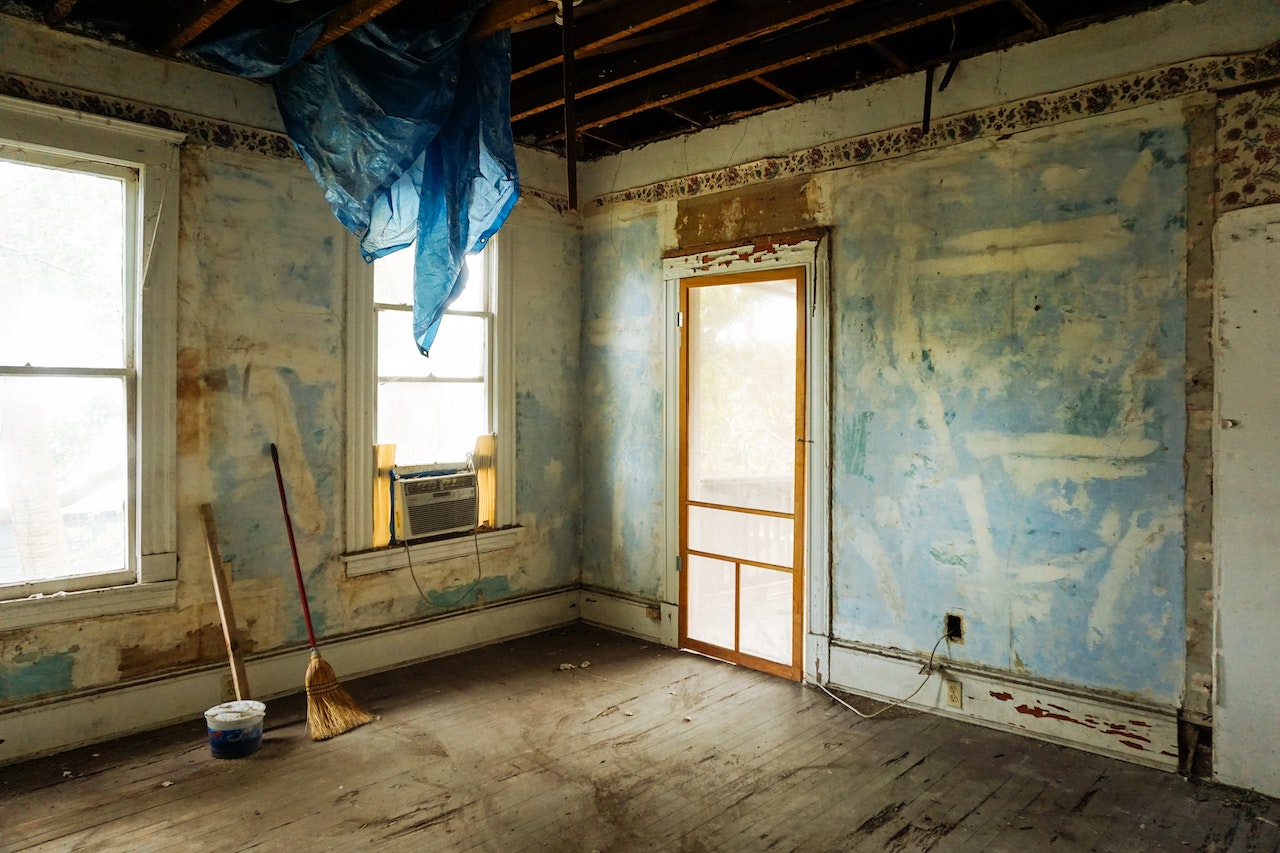
03 Mar How To Become A House Flipper: Your Guide To Profit
How to get started as a house flipper?
Are you interested in learning how to become a house flipper? House flipping can be a lucrative business for those who have a knack for real estate and renovation. This comprehensive guide will walk you through the steps to become a successful house flipper, focusing on important aspects such as financing, networking, and finding the right property to flip.
Understand the Basics of House Flipping
Before diving into how to become a house flipper, it’s crucial to understand the basics of house flipping. This process involves purchasing a property at a lower price, making necessary renovations and improvements and selling it for a profit. The main goal is to maximize the profit margin while minimizing the renovation costs and time spent on the project.
Step 1: Assess Your Finances and Set a Budget
The first step in learning how to become a house flipper is to assess your current financial situation. You will need enough capital to purchase a property and cover the renovation costs, as well as any other expenses that may arise during the process. Consider the following factors:
- Savings: Ensure you have enough savings to cover the down payment, renovation costs, and unexpected expenses.
- Credit Score: A good credit score will help you secure better financing options and lower interest rates.
- Financing Options: Research different financing options such as personal loans, home equity loans or private lenders. Choose the one that best suits your financial situation and goals.
It may be useful to make friends with some hard money lenders as well. However, you must understand what you are doing when you borrow money from a hard money lender. There are substantial risks if you are not careful.
Step 2: Build a Strong Network
Networking is essential in the house flipping business. A strong network will provide valuable resources, guidance and support throughout the process. Here are some key connections to make:
- Real Estate Agents: They can help you find and evaluate potential properties to flip.
- Contractors: A reliable contractor will help you execute your renovation plans and stay within budget.
- Lenders: Establish a relationship with a lender who can provide financing when needed.
- Other House Flippers: Networking with other house flippers can offer insights, tips and potential partnership opportunities.
The power of a strong network in the real estate investing game cannot be overstated! It is something that will take time, and should never be ignored or minimized. Nobody succeeds alone in the real estate flipping business.
Step 3: Learn About the Real Estate Market
Understanding the real estate market in your target area is crucial for success in house flipping. Research market trends, average property prices and neighborhood demographics to identify profitable opportunities. Keep the following in mind:
- Location: Choose areas with high demand and potential for growth.
- Comparable Properties: Study recently sold properties in the area to determine the potential resale value of a flipped property.
- Market Timing: Be aware of market trends and fluctuations to make informed decisions on when to buy and sell properties.
The best house flippers focus on a small area and a particular type of property. This might seem counterintuitive, but it is not. By saying NO to houses that are outside of your specialty, you will increase your chances of having success. You will also increase the quality of leads that are sent to you. I
For example, if you say, “I look at any house in Chicagoland,” you are not likely to have much success getting properties sent to you. However, if you say, “I specialize in single family homes in zip code 60657,” people will know exactly what to send you.
Step 4: Find the Right Property
Finding the right property is one of the most important steps in learning how to become a house flipper. Look for properties that have the potential for high profit margins after renovations. Here’s what to consider:
- Price: Look for properties below market value, such as foreclosures or distressed sales.
- Condition: Choose properties that require cosmetic updates rather than extensive structural repairs.
- Layout and Functionality: Opt for properties with desirable layouts that can be easily updated to meet modern standards.
Many house flippers follow the strategy of looking for the “ugliest house on a nice block.” That’s a simplified way of looking at it, but it makes sense in many cases. Go ahead and adopt that one for yourself. You’re welcome. 🙂
Step 5: Plan and Execute Renovations
Once you’ve found the right property, create a detailed renovation plan, including budget and timeline. Prioritize improvements that will increase the property’s value and appeal to potential buyers. Work with your contractor to ensure the project stays on track and within budget.
It pays to involve contractors in your process of estimating costs, especially at the beginning. Over time, you will become more comfortable with the cost of certain repair projects. It’s also wise to give yourself some wiggle room when making estimates.
Step 6: Sell the Property
After completing the renovations, it’s time to sell the property. It is wise to partner with a reputable real estate agent to market the property effectively and reach potential buyers. Here are some tips for a successful sale:
Home Staging: Professionally stage the property to showcase its best features and appeal to a broad range of buyers.
High-Quality Photos: Invest in professional photography to create visually appealing listings that attract buyers online.
Competitive Pricing: Price the property competitively based on market research and comparable properties in the area.
Marketing: Use a mix of online and offline marketing strategies, such as social media advertising, open houses and targeted mailings, to reach your target audience.
Some house flippers try to sell their houses without the help of agents. That might work in some cases, but it is a bit shortsighted. After all, who do you think is the best source of future house flipping deals? That’s right…agents. It is worth the commission in order to keep good agents on the lookout for your next house flipping deal. Don’t be cheap here–it doesn’t pay well to alienate the agents in your area.
Step 7: Learn from Each Flip and Improve
As you learn how to become a house flipper, it’s essential to evaluate each project’s successes and challenges. Identify areas where you can improve and implement those lessons in future projects. Continuous learning and adaptation will help you become a more successful house flipper over time.
Additional Tips for Becoming a House Flipper
Education: Consider taking courses or attending seminars on real estate investing and house flipping to expand your knowledge and skills.
Legal and Tax Considerations: Consult with a real estate attorney and tax professional to understand the legal and tax implications of house flipping.
Time Management: House flipping can be time-consuming. Develop strong time management skills to balance the demands of flipping houses with other personal and professional responsibilities.
Patience and Perseverance: Success in house flipping requires patience and perseverance. Be prepared for setbacks and challenges, and stay focused on your goals.
To recap
Learning how to become a house flipper can be a rewarding and profitable endeavor for those willing to invest the time, effort, and resources required. By following the steps outlined in this guide, you’ll be well on your way to a successful career in house flipping. Remember to build a strong network, research the market, find the right property and continuously learn and improve as you progress in this exciting field.
Some people start their house flipping career by wholesaling. We wrote an article about that as well: What is real estate wholesaling?

